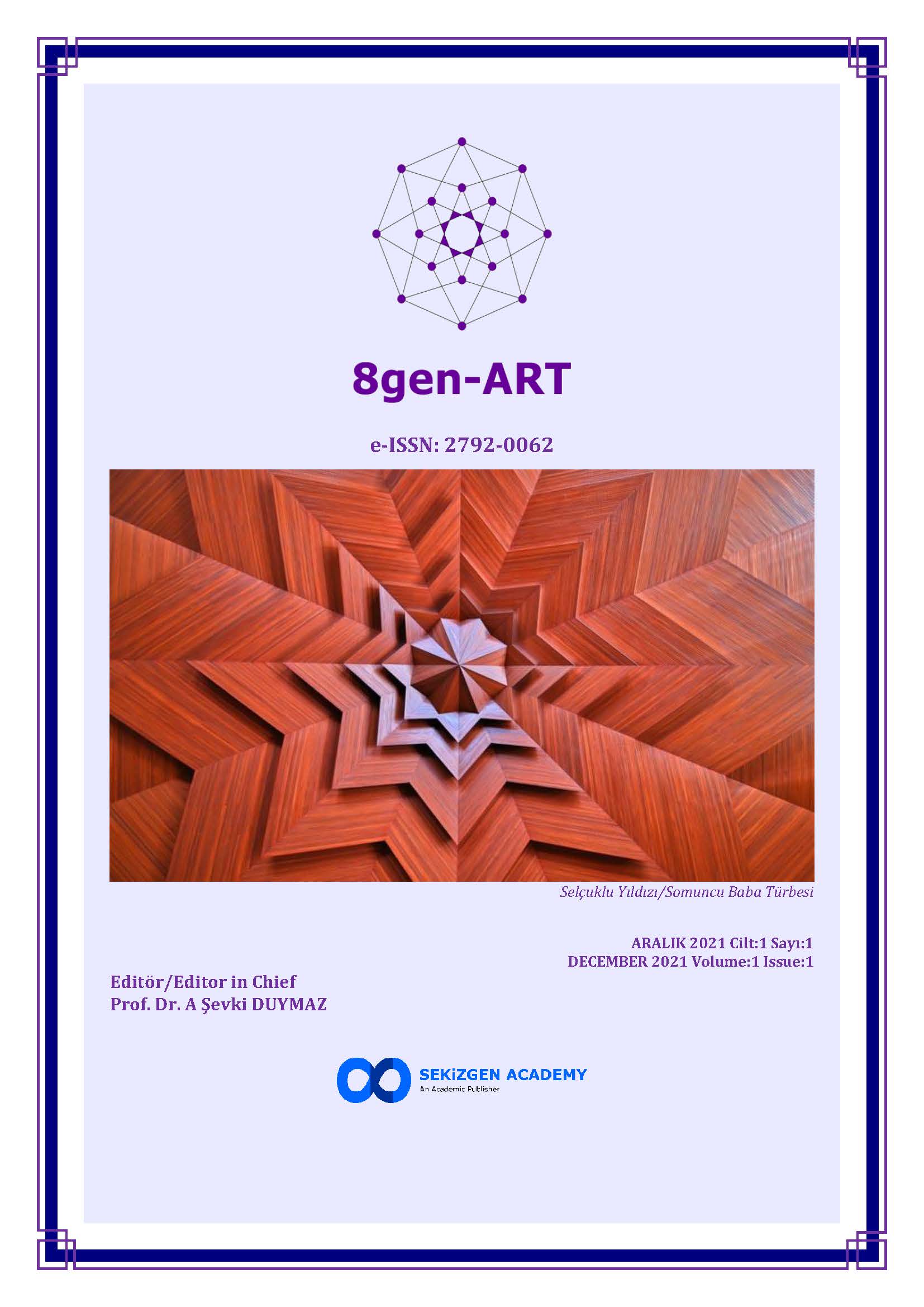
8gen-Art
Yazarlar: ["Çağrı Yalçın", "İsmail Emre Kavut", "Kadir Bingöl"]
Konular:-
DOI:10.53463/8genart.202200163
Anahtar Kelimeler:Anatolia,Traditional Buildings,Adobe,Adobe Structures
Özet: The changing needs of human beings throughout history have shown themselves in every field and new things have entered our lives. One of these is the need for shelter to be protected from the harms of the environment in which it is located. Hunter-gatherer primitive people met their need for shelter by entering tree cavities and caves. With the beginning of agricultural activities in the Neolithic period, human beings settled down and built houses where they could take shelter near agricultural fields, leaving the tree hollows and caves they lived in with the changing living conditions. In the construction of the houses, they mostly benefited from traditional resources such as stones, trees, adobe, which are easily accessible in the environment, from the past to the present. These materials, which are used as building materials, were used in proportion to their easy and abundant availability in the environment. While the use of wood is predominant in buildings built in Anatolia where trees are abundant and climatic conditions are favorable; stone material where wood is less frequent; In the Anatolian countryside, where the continental climate is dominant, where stones and trees are not enough, mudbrick, which is an earth-based material, was often used. The history of adobe dates back to the Neolithic Age (9000 BC). Today, the way of production of adobe, which is used especially in the Anatolian countryside, continues to exist almost unchanged despite its deep-rooted history. The mudbrick structures, which are not very old and created in rural areas, bear traces of cultural knowledge from tens of thousands of years ago.